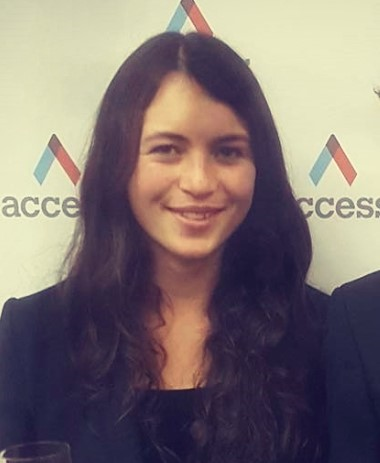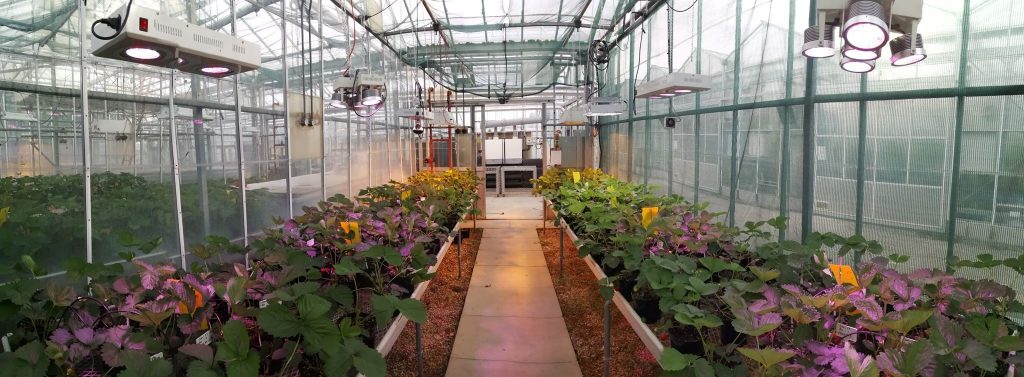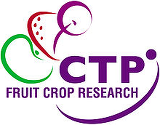January 2019 – December 2021
Winnie Swann

The strawberry market within the UK continues to grow but we are importing an increasing volume of fruit during the winter months. The UK has an opportunity to produce greater volumes of fruit during the winter, but this requires glasshouse technology combined with modern supplementary lighting systems. There is an on-going interest in the application of LED lighting systems in the modern glasshouse as these provide an energy efficiency gain of ca. 30% over conventional high-pressure sodium systems. They also offer opportunities to provide highly defined spectral outputs to maximise productivity. However, as yet these opportunities have yet to be realised. We do not understand the optimal spectral qualities for any crop let alone strawberries, how this change through the production and how they impact the key drivers (photosynthesis/radiation capture/partitioning etc) of yield and quality.
This project aims to explore how ELD’s can most effectively be used in strawberry production. The focus will be on three main variables affecting the plant’s morphology and yield; the light intensity, the light duration and the light spectral output. Research may also be done on the diffusion of light as LED’s seem to have a much poorer light distribution than other forms of supplementary lighting. Furthermore, research will cover the economic and environmental effect of the use of LED’s looking at the energy and carbon use in comparison to growing outside, importing and growing under other forms of supplementary lighting.

